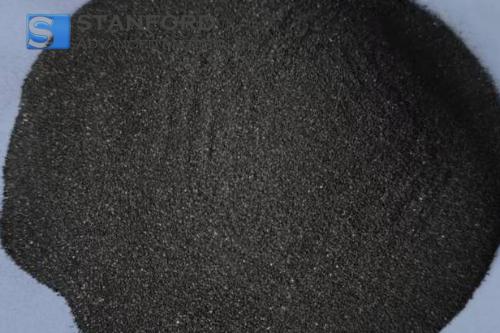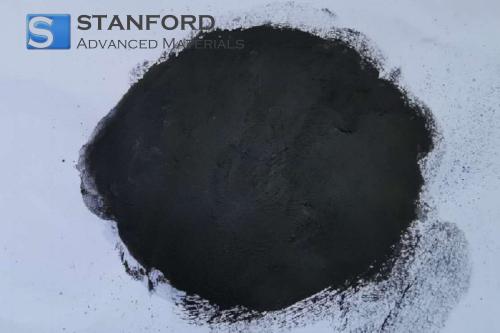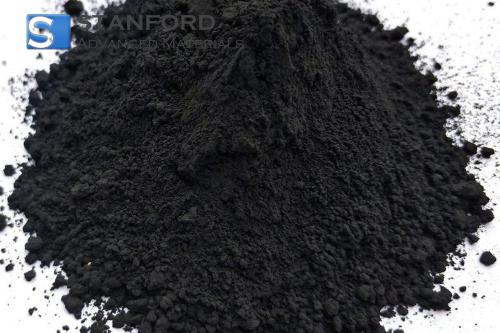Top 4 Key Metals In Nuclear Energy
Description
Nuclear energy has been an essential component of electricity generation for many years. In our reactors, specific metals play an important role. Each metal exhibits distinct physical properties that support a controlled and secure nuclear reaction. This article details metals used as fuel, reactor construction components and tools for reaction control.
Uranium: The Primary Fuel Source
Uranium constitutes the core of nuclear energy. Its isotopes, uranium-235 and uranium-238, drive the fission process. When uranium-235 atoms split, energy is released. In a typical nuclear reactor, enriched uranium is used. Enrichment usually ranges between 3 and 5 per cent, which ensures a steady chain reaction.
Uranium is a heavy metal with high density. This property permits the storage of a large amount of energy in a small volume. In the 1970s and 1980s, uranium fuel was widely used in nuclear power stations. Over recent decades, technology has improved the safety methods for using uranium.
Zirconium: A Critical Reactor Component
Zirconium is important for reactor construction. Its low neutron absorption makes it a valued material. Engineers use zirconium alloys for the cladding of fuel rods. The cladding protects the fuel against corrosion and minimises radioactive contamination. Zircaloy is employed in many light water reactors. These alloys remain stable at high temperatures and pressures.
Zirconium alloys have been used for decades in reactor systems. Their corrosion resistance ensures that reactor cooling systems remain stable over long periods. Reactor components made from zirconium maintain safety and performance.
Hafnium: The Neutron Absorber
Hafnium is known for its capacity to absorb neutrons. It is used in control rods in nuclear reactors to manage the chain reaction. Hafnium has a high neutron absorption cross-section, which makes it suitable for this application. In many reactor designs, control rods containing hafnium regulate reactor performance by absorbing stray neutrons.
When control rods are inserted, they absorb additional neutrons. This reduction slows or temporarily stops the chain reaction. In installations prioritising safety, hafnium control rods have been proven effective. Engineers have included hafnium in both commercial power plants and advanced research reactors. Its performance has been documented in several technical studies over recent decades.
Beryllium: Enhancing Reactor Performance
Beryllium is a light metal that contributes to reactor performance. It is often employed as a reflector or moderator. Neutron reflectors return escaping neutrons back into the reactor core. Moderators slow fast neutrons to speeds at which fission becomes more likely. These roles improve overall reactor efficiency.
For example, beryllium is sometimes used around the reactor core. It has a low neutron absorption rate and a high scattering cross-section. Historical reactor tests have shown that beryllium increases the fission rate. Many reactor designers have relied on beryllium to optimise performance while ensuring reactor safety.
Conclusion
The metals discussed in this article form the backbone of nuclear energy. Uranium provides the fuel needed for the chain reaction. Zirconium supplies the cladding that ensures structural integrity and safety. Hafnium is employed in control rods to moderate the reaction. Beryllium enhances performance as both reflector and moderator. Together, these metals enable nuclear reactors to remain a reliable energy source. They have been tested, validated and improved over many years.
Frequently Asked Questions
F: What is the primary use of uranium in nuclear energy?
F: In nuclear reactors, uranium functions as the fuel that initiates the fission process.
F: Why is zirconium important in reactor construction?
F: Zirconium is used for fuel rod cladding. It provides structural strength, low neutron absorption and corrosion resistance.
F: How does hafnium contribute to the control of nuclear reactions?
F: Hafnium absorbs neutrons. This action moderates the chain reaction and contributes to reactor safety.

 Bars
Bars
 Beads & Spheres
Beads & Spheres
 Bolts & Nuts
Bolts & Nuts
 Crucibles
Crucibles
 Discs
Discs
 Fibers & Fabrics
Fibers & Fabrics
 Films
Films
 Flake
Flake
 Foams
Foams
 Foil
Foil
 Granules
Granules
 Honeycombs
Honeycombs
 Ink
Ink
 Laminate
Laminate
 Lumps
Lumps
 Meshes
Meshes
 Metallised Film
Metallised Film
 Plate
Plate
 Powders
Powders
 Rod
Rod
 Sheets
Sheets
 Single Crystals
Single Crystals
 Sputtering Target
Sputtering Target
 Tubes
Tubes
 Washer
Washer
 Wires
Wires
 Converters & Calculators
Converters & Calculators
 Write for Us
Write for Us





 Chin Trento
Chin Trento



